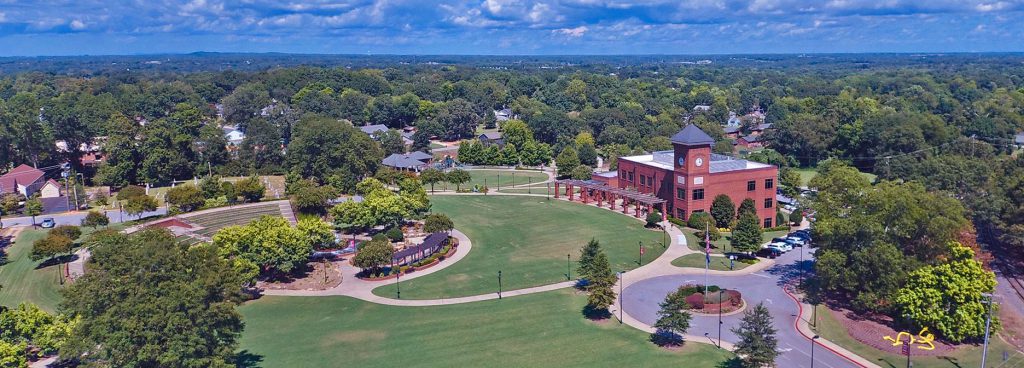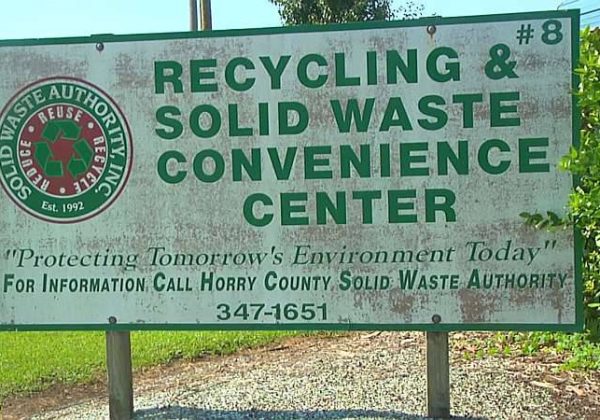X-rays show that South Carolina may be sending more nuclear waste to the repository
Because the Waste Isolation Pilot Plant in Carlsbad now has stricter rules for the containers that hold nuclear waste, put in new X-ray equipment at a Department of Energy site in South Carolina.
The Savannah River Site said that its facility for managing solid waste now has the right tools for workers to find transuranic (TRU) trash before it is sent to WIPP.
The garbage from TRU is made up of clothes and other items used in nuclear tests around the country and is now radioactive. At WIPP, the trash is always wrapped in salt and buried 2,000 feet below the surface in a salt deposit.
Put the equipment at the Savannah River facility in place to meet new standards for waste characterization, which called for chemical tests of waste containers and recording of any oxidizing compounds.

A radioactive leak at the WIPP underground in 2014 was caused by a drum of trash from the Los Alamos National Laboratory in northern New Mexico that was wrongly packaged and shipped.
Workers can use X-ray technology to check drums for banned materials without having to open them. This will ensure that the waste being put in place for WIPP matches the paperwork.
Data shows that eight 210 shipments to WIPP in 2021 came from the Savannah River. This year, nothing has been sent from the area. In 2020, the South Carolina plant will ship ten times.
As of February 12, 2022, records showed 1,687 loads had been moved from the Savannah River Site to WIPP since operations began in 1999. This is the third-highest amount in the country, and it’s almost 13% of the 13,045 shipments that WIPP has received since it opened.
Idaho National Laboratory sent out 6,629 packages, while Rocky Flats Environmental Technology Site in Denver sent 2,045 packages. The next site was at the Los Alamos National Laboratory, which has sent 1,502 shipments to WIPP since it started.
Better X-ray technology could lead to more waste shipments from the Savannah River
Kerri Crawford, who is in charge of solid waste programs at the site’s main operations contractor, Savannah River Nuclear Solutions, says that the X-ray equipment will cause Savannah River to send more trash to WIPP.
That and other TRU waste characterization equipment installed at the Solid Garbage Management Facility last year will allow SRS operations to produce new TRU waste that meets the new WIPP standards and ship it to the plant..”
Fixed up the radiography equipment before it was sent to Savannah River. had used it before at Lawrence Livermore National Laboratory, which is near San Francisco.
The research was done as part of the DOE’s National TRU Program, which cleans up transuranic waste from all over the country using the Carlsbad Field Office’s Central Characterization Program.
The TRU Program sends moveable loading units to places like the Savannah River Site to help load trash to ship casks after it has been sorted. This eliminates the requirement for a permanent installation of this kind of equipment.
X-rays aren’t the only way to figure out what something is. You can also test for radiation, check your eyes, and look for flammable gas. A DOE report says that technical reviews of waste-producing sites, which look at the work done to prepare trash before it goes into the site’s permitted program, give the DOE and WIPP more ways to keep an eye on things. DOE set up the Central Characterization Project (CCP) to make the process of characterizing and certifying waste at DOE sites more consistent and efficient.



